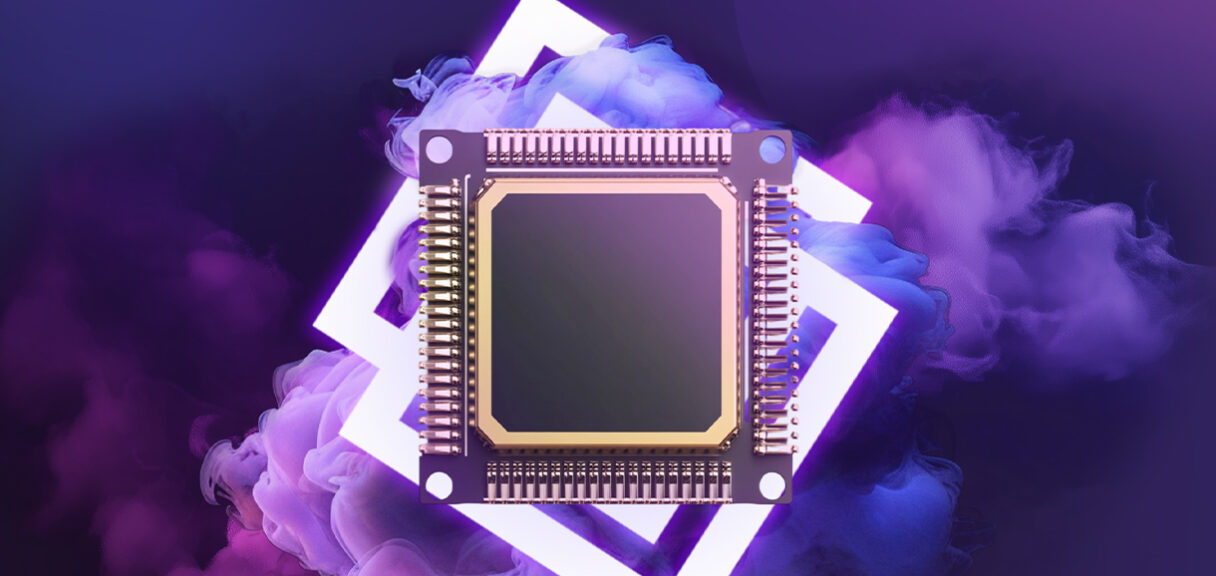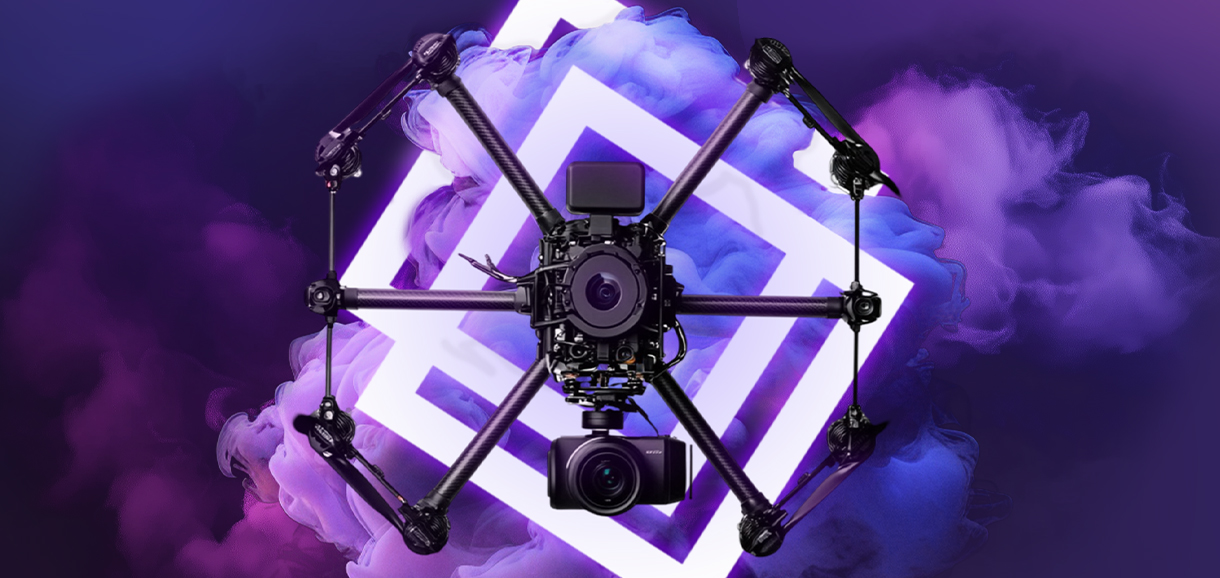As embedded systems become more autonomous, connected, and powerful, their exposure to cyber threats increases. In industrial sectors where a single vulnerability can have severe consequences—such as aerospace, defense, energy, or space—software security is no longer optional. It must be embedded by design, integrating safety, certification, and real-time performance constraints from day one.
This is the mindset embraced by Scalian’s experts, who design and develop embedded mission-critical software capable of withstanding demanding environments and evolving threats. Their expertise spans the entire software lifecycle: specification, architecture, development, integration, validation, and certification.
M-RTOS: a real-time OS for proactive embedded cybersecurity
At the core of this approach lies the M-RTOS (Mannarino Real-Time Operating System), a key enabler of secure embedded systems. Unlike a conventional RTOS, M-RTOS does more than just schedule tasks—it actively contributes to embedded cybersecurity. By collecting, standardizing, and timestamping system and application events, it enables a fine-grained analysis of software behavior at runtime.
These event streams are processed in real time by embedded AI/ML models, which detect abnormal sequences that may indicate malicious activity. The goal is to shift from reactive protection to proactive defense—where the system can dynamically adapt its behavior in response to identified threats.

Embedded cybersecurity: robustness, predictiveness, and local intelligence
Combining a secure RTOS with onboard intelligence enables embedded systems to meet several major challenges:
- Robustness: the system must maintain essential functions, even under partial failure or during an attack.
- Predictiveness: real-time sequence analysis helps anticipate attack patterns, including stealthy or dormant threats.
- Local intelligence: embedded AI runs independently of the cloud, reducing latency, protecting sensitive data, and ensuring faster responses.
This self-monitoring architecture allows for a form of self-defense: countermeasures are automatically triggered based on the level of risk detected.
End-to-end mastery of safety-critical software development
Delivering such a solution requires extreme rigor. Certification standards like DO-178C, ISO 26262, or EN 50128 leave no room for approximation. Scalian’s teams master these demanding frameworks, along with the specific tools and languages required for secure embedded development (C/C++, Ada, assembly, formal requirement modeling, static analysis, etc.).
In parallel, they address modern software development expectations: explainable AI, full traceability, automated testing, and security by design. The goal is to build secure, auditable software components that can integrate seamlessly into broader systems—while remaining agile enough to evolve alongside emerging threats.

Critical software expertise for tomorrow’s embedded systems
Today’s critical environments require intelligent, secure, certifiable systems capable of responding in real time to the unexpected. Scalian’s mission-critical software expertise delivers exactly that, combining technical rigor with a forward-looking approach to embedded security.
Through solutions like M-RTOS and a data- and AI-driven design philosophy, Scalian offers a new generation of embedded software—built for resilience, performance, and adaptability. A key capability for enabling the digital transformation of critical systems in aerospace, energy, transportation, and beyond.
Scalian will share its expertise in critical softwares at the 55th International Paris Air Show – Le Bourget 2025. Come and meet us to find out more!
Related articles

